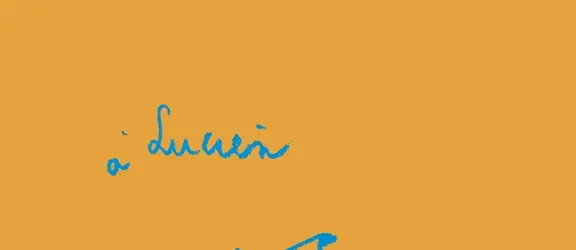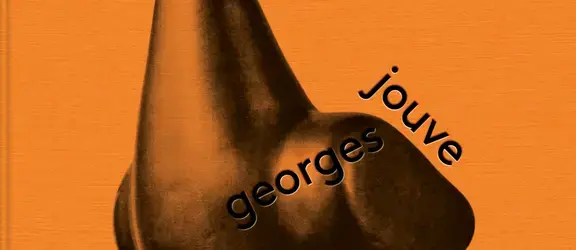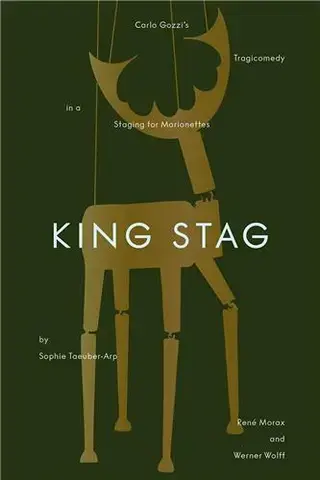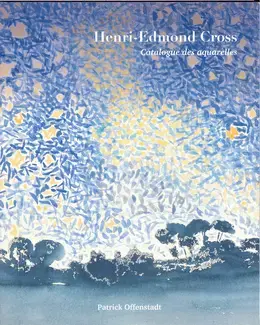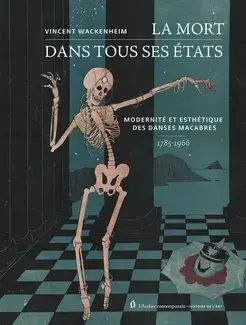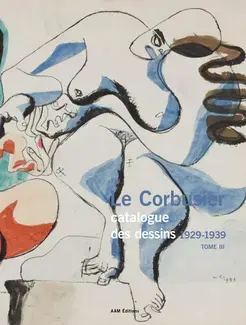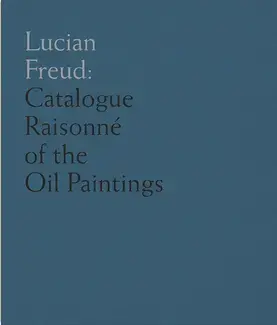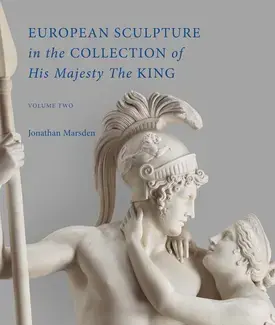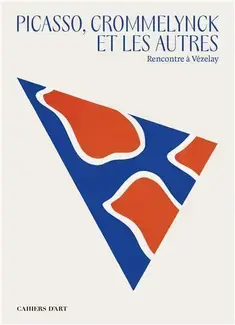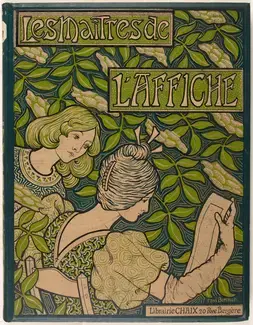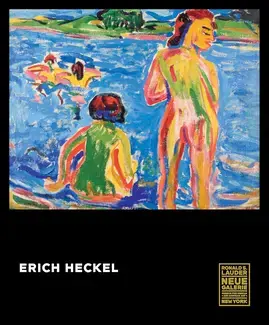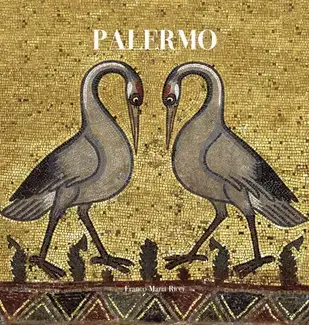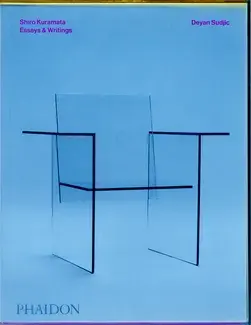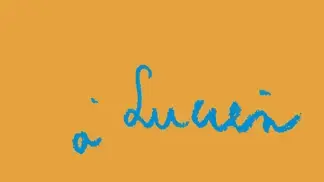 Home
Home
King Stag : Carlo Gozzi’s Tragicomedy in a Staging for Marionettes by Sophie Taeuber-Arp, René Morax, and Werner Wolff

Auteur(s) : Sabine Flaschberger, Petra Schmid (dir.)
The King Stag is a play originally written in 1762 by Italian playwright and commedia dell'arte champion Carlo Gozzi (1720–1806). It deals with love and intrigue at the court of King Deramo. While searching for a wife, Deramo falls victim to the scheming of his adversary Tartaglia and finds himself temporarily transformed into a stag.
In 1918, on the occasion of a major art exhibition organised in Zurich by the modernist association Schweizer Werkbund, Swiss playwright René Morax (1873-1963) and director Werner Wolff (1886-1972) produced a modern adaptation of Gozzi's fairy tale, transforming it into a Dadaist parody of Freud and Jung's psychoanalysis, which caused much controversy in Zurich at the time. The production was conceived as a puppet show, for which the avant-garde artist Sophie Taeuber-Arp (1889-1943) designed the sets and a set of 17 radically abstract puppets. Her creations broke with all the traditions of the genre and were influenced by her work in the fine and applied arts, as well as her experience in expressive dance.
This book offers the first English translation of Morax and Wolff's adaptation of The King Stag. The text is complemented by photographs of Taeuber-Arp's iconic puppets. Essays by researchers analyse the genesis of the original 1918 production and place it in its historical context, shedding new light on the play and highlighting its importance for the Swiss avant-garde.


We also
recommend
Bookshop
New book new
